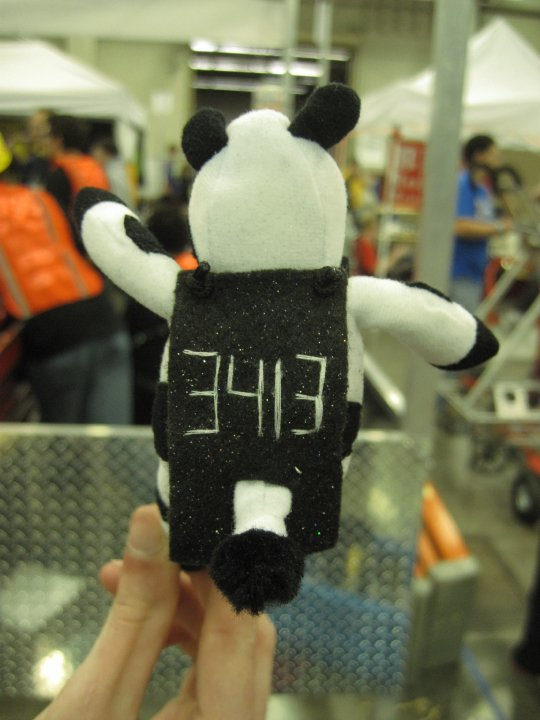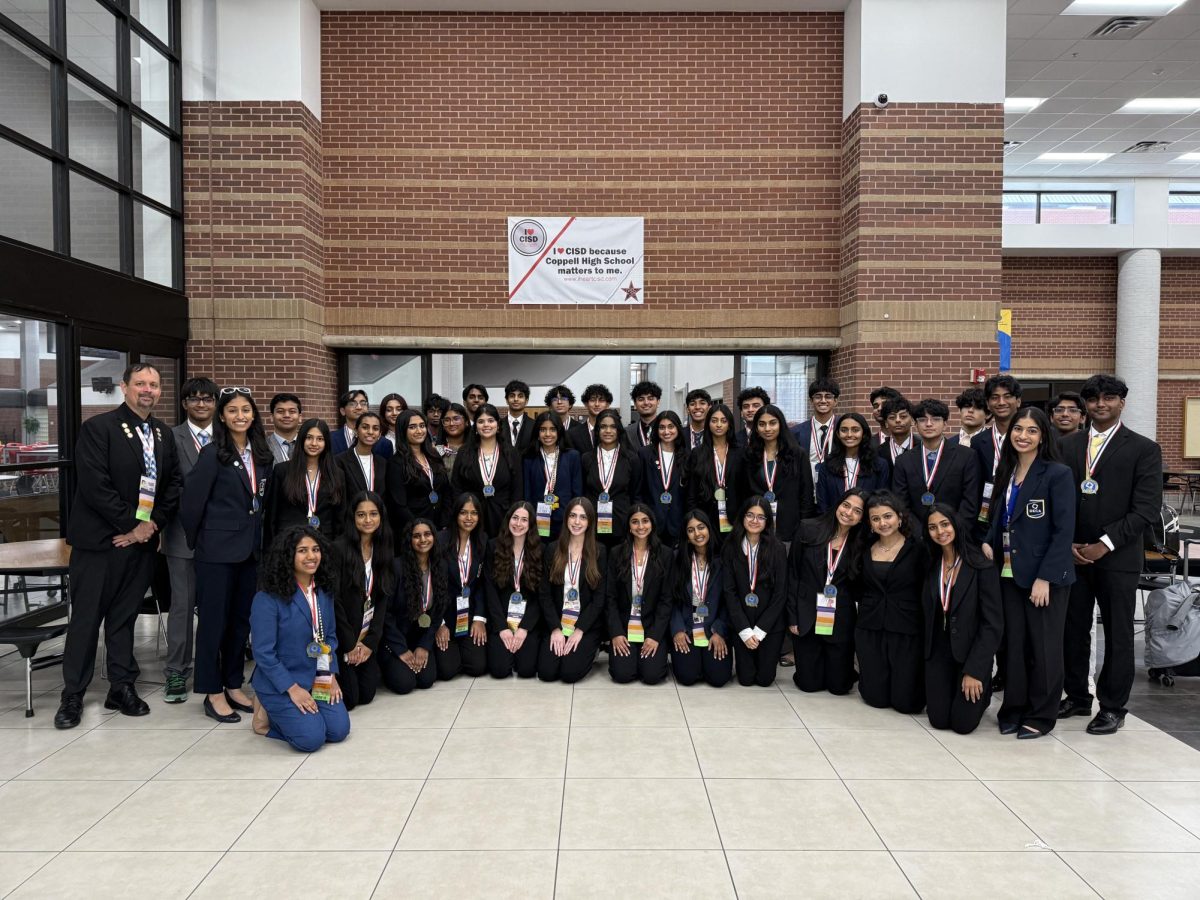Laura Kattilakoski
Staff Writer
Despite some misconceptions, modern robotics is not about building robots to fight and destroy other robots. In fact, in the “real world” robots are typically built for the purpose of accomplishing or aid in accomplishing a task.
Engineering is becoming increasingly important because of its many uses.
“My favorite part of robotics is probably building because there’s just so much stuff you can do. It’s just endless I guess,” said junior Sai Siddula, who has been involved in the robotics programs for two years.
Here at Coppell High School, robotics related academies, clubs and teams are quickly becoming more recognized. The Junior Engineering Technology Society, or JETS, encourages students to get involved in engineering programs.
“First I joined JETS and then afterwards I got to know about the three competitions that are in it which was FIRST, MATE, which is underwater, and then solar car. And then I started joining first tech and got more insight into it. I really like the way we built everything and did the competition so that’s why I kind of joined it,” Siddula said.
The FIRST program is further divided into several other leagues, FTC and FRC being the prominent ones at CHS. FRC is what is considered to be the varsity robotics team, while FTC is a slightly smaller-scale version of FRC.
Each year, a new game is designed that the robot will play at the competition.
“There’s a new challenge for every year. Last year it was just taking whiffle balls and scoring in goals, this year its still scoring but this time were using batons. And the games usually played with two teams and each time has two alliance robots,” Siddula said.
Before competition, the robot must be planned according to the FIRST guidelines, and then designed and built without instruction manuals. The robot must also be programmed.
This year’s game for FTC includes moving batons from a dispenser into the goals. The first 40 seconds of the game consists of an autonomous period, in which the robot will have to use the prior programming to rack up as many points as possible. After the autonomous period, the game resumes with the driver control period, where team members are allowed to control and position the robot.
Despite that the challenge for FRC has not yet been released, junior Carolyn Mason, president of FIRST, is hopeful of their success at competition this year. If this year’s team, which is named the Mad Cows, is successful at the regional competition, they will have the opportunity to travel to St. Louis for nationals.
“This year we’re a lot more organized. I hope to do really well, place in the top rackets, and knock on wood, if at all feasible go to St. Louis,” Mason said.
After finishing her studies, Mason says, she wants to continue her path in engineering.
“I hope to be a mechanical engineer and go to college for engineering and then enter a job in that field. I’m pretty excited to go to a NASA aerospace scholars. So I think NASA could be a cool place to work,” Mason said.
As well as gaining experience for future careers, the program also enforces a practice of what is known as gracious professionalism. Points are not the only way to win an award in the competitions. Awards are also rewarded for most spirited, most involved and most improved along the way to deserving teams.
“I’ve always been interested in engineering and building things… and I love robotics,” Mason said. “And go Mad Cows!”









